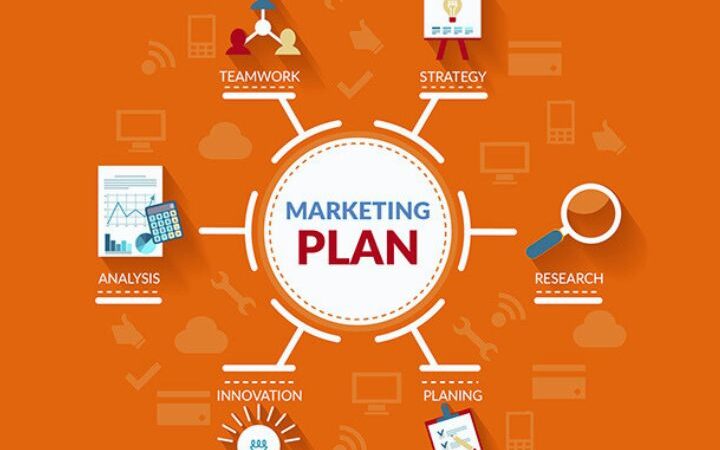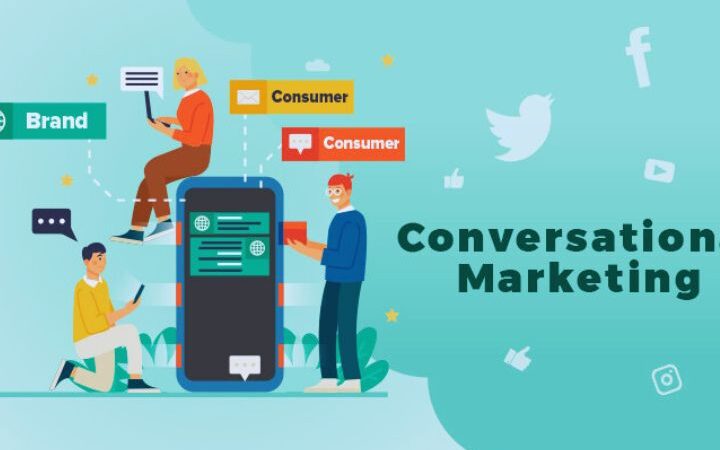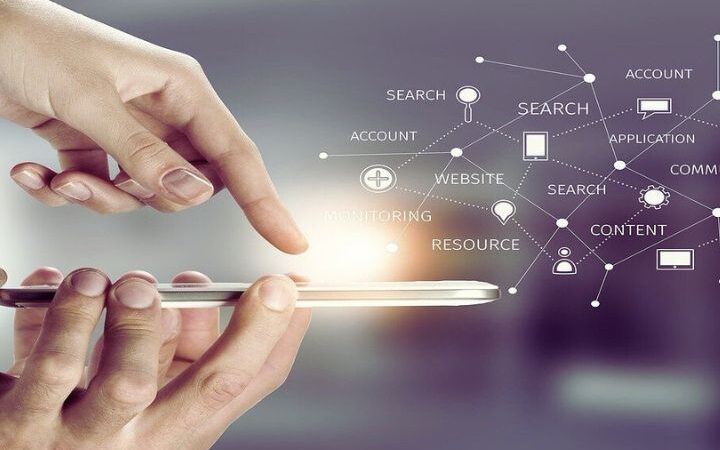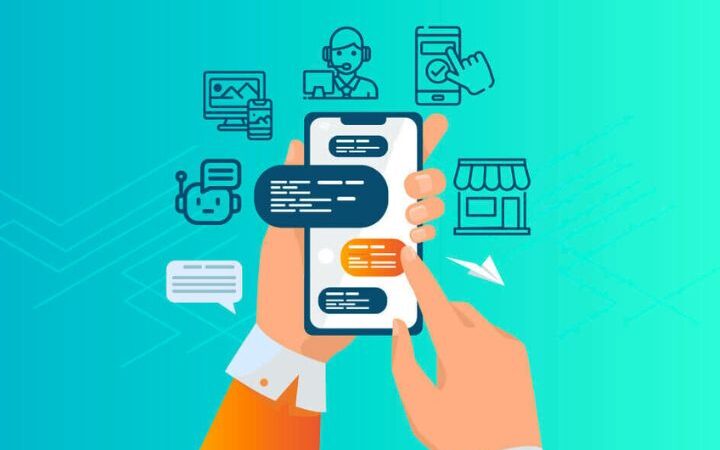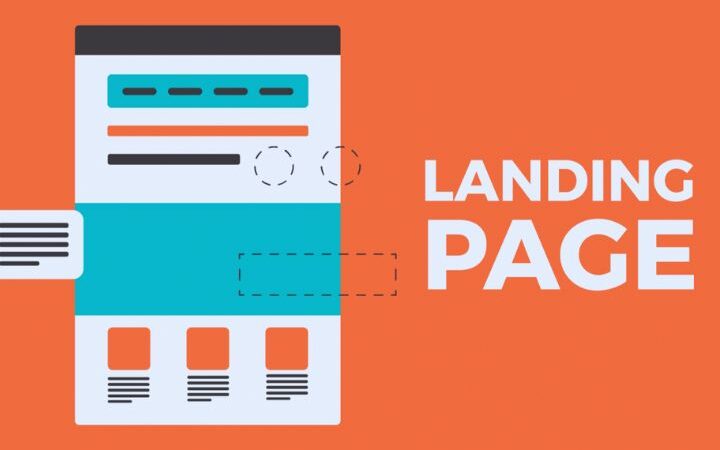What Is The Life Cycle Of A Product? Different Stages Of Product Life Cycle
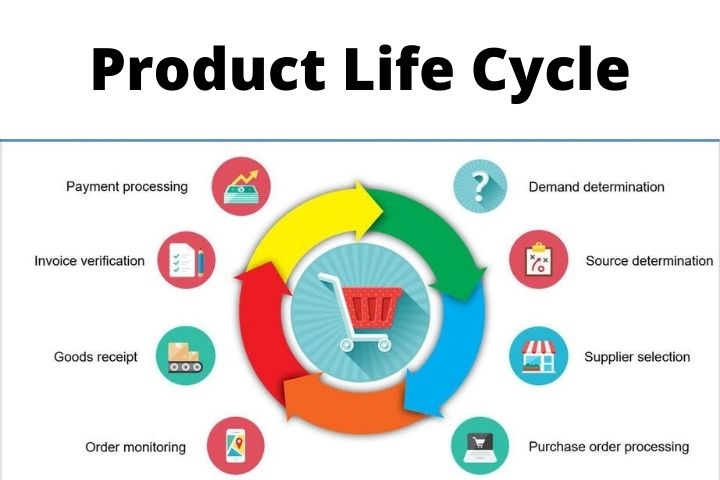
The markets are constantly changing and in continuous evolution, this means that the products offered by companies have a limited life and experience an evolution from launch to retirement, going through different stages and suffering variations in sales.
Table of Contents
What Is The Life Cycle Of A Product?
In marketing, the life cycle of a product is understood as the set of stages a product goes through from its introduction in the market to its withdrawal.
The concept of the life cycle of a product arises from the analogy between the evolution of living beings and that of products since both go through different stages throughout their existence.
A living being traces a life curve that goes through birth, adolescence, adulthood, old age, and death. As for the products, a similar cycle occurs, which you can see below.
Different Stages Of Product Life Cycle
The identification of the factors that affect the evolution and demand for products, as well as the duration of each of the phases, will determine the company’s ability to adapt its products to the new needs of consumers. The life cycle of a product consists of 4 main stages: Introduction, Growth, Maturity, and Decline.
1. INTRODUCTION
In the introduction stage, after preparing the marketing plan, the product is launched for the first time on the market, we are facing a first stage full of uncertainty and risk. It is one of the stages of entails a higher cost.
since the first approach of the product to the consumer occurs, which includes both prior market studies and the development of the product itself, as well as investment in communication campaigns and promotional marketing actions.
Normally at this stage, demand is less than supply, since the largest percentage of sales come from the most innovative consumers and early adopters, who are the ones who accept a higher risk when buying and are excited to experiment with new products.
The key at this stage of the life cycle of a product is to define and work on the positioning and investigate the market response to the product, in case it is necessary to react quickly and be able to reorient the strategies.
2. GROWTH
In the growth phase, the product is positioned in the defined segment and begins to be accepted by consumers. This causes sales and therefore profits to increase.
Typically, the increase in profits occurs because manufacturing costs are reduced either by economies of scale or by gaining manufacturing experience.
Despite this, competition in this second stage of a product life cycle is usually not very intense. It is likely that new competitors have appeared, but these new players will try to differentiate their product and begin to build their brand positioning.
The key at this stage is to reinforce the positioning and make modifications to adapt the product to the growing demand.
3. MATURITY
The maturity stage occurs when the product has reached the top in terms of market share. This stage, the third of the life cycle of a product, usually has a longer duration than the rest.
Sales continue to increase, but at a slower and decreasing rate, until the point that they stabilize and then begin to stop
At this stage, the competition is already considerable, so it is not necessary to compete only on prices, but also other relevant factors for consumers must be identified and worked on, to really get a product and a differentiated value proposition.
The key at this stage is to anticipate the drop in sales by looking for proposals and innovations that will make the product attractive again in order to sustain sales.
4. DECLINE
No company wants to reach the decline phase since it is the last stage of a product’s life cycle. Sales begin to decline gradually as the product has been replaced by other more attractive options for consumers.
Profits can become losses and, therefore, the product is no longer profitable for the company, if the necessary measures are not taken.
In this phase, I usually recommend that the product be withdrawn from the market since there are few opportunities to revive it.
The key at this stage is to minimize investment and plan actions where different aspects are taken into account: replace the product or modify it to focus it again on the market.

